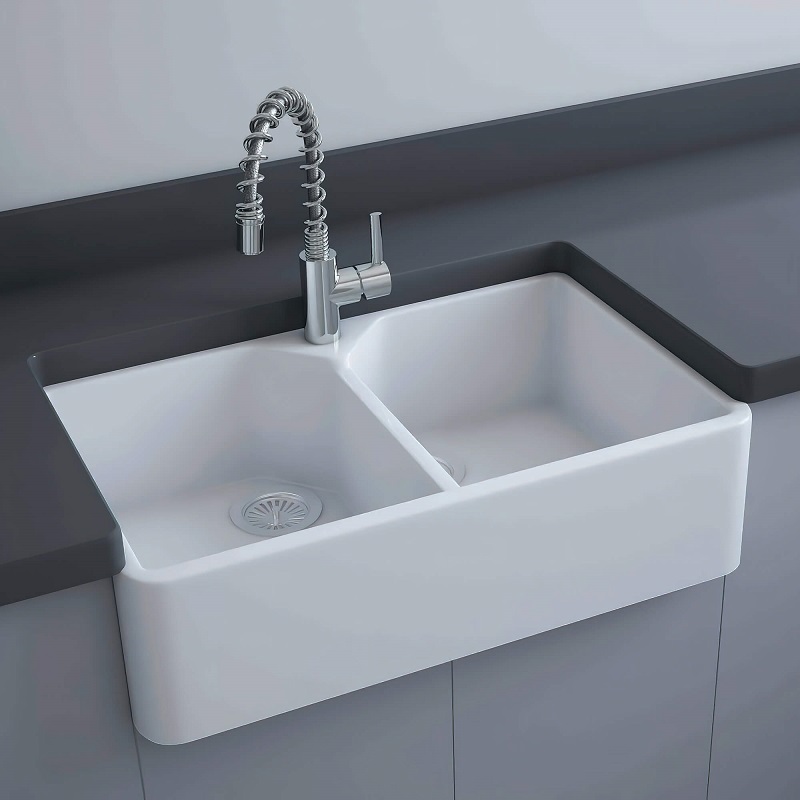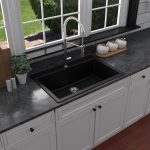Introduction to Kitchen Sinks in Ireland
Understanding the Importance of a Good Kitchen Sink
A kitchen sink is more than just a functional element; it serves as the focal point of your kitchen. In Ireland, where the kitchen is often the heart of the home, choosing the right sink can significantly impact both the aesthetics and functionality of the space. A well-chosen sink can enhance the overall look of your kitchen, streamline daily tasks, and offer durability that stands up to heavy use. Understanding the latest designs, materials, and trends will help you make an informed choice, ensuring your kitchen sink complements your style and meets your practical needs.
Factors Influencing Sink Choices in Ireland
Several factors influence the selection of kitchen sinks in Ireland, including the size and layout of the kitchen, personal preferences, and lifestyle needs. For instance, a large family may require a spacious sink with multiple basins, while a modern, minimalist kitchen might benefit from a sleek, single-basin design. Additionally, local climate conditions and water quality can impact the choice of materials and sink durability. By considering these factors, you can select a sink that not only fits your kitchen’s design but also enhances its functionality.
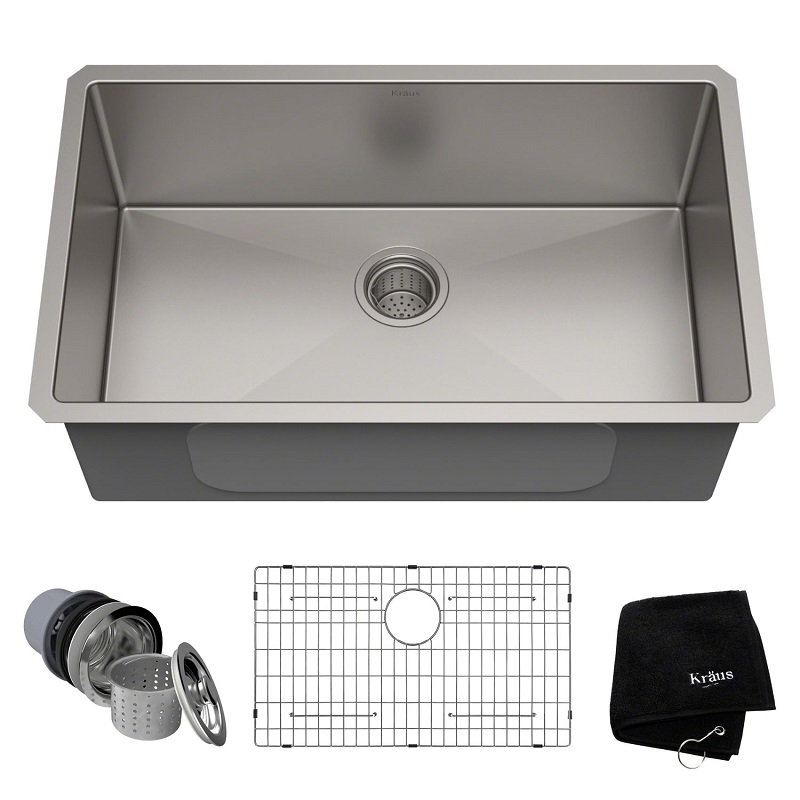
Popular Kitchen Sink Designs
Traditional vs. Contemporary Styles
When selecting a kitchen sink, one of the first decisions you’ll face is choosing between traditional and contemporary designs. Traditional sinks often feature classic styles, such as farmhouse or Belfast sinks, which offer a charming, rustic appeal. These sinks are typically deep and wide, making them ideal for washing large pots and pans. In contrast, contemporary sinks embrace sleek, clean lines and modern materials, offering a minimalist aesthetic that complements modern kitchen designs. Both styles have their unique advantages, so the choice ultimately depends on your kitchen’s overall design and personal taste.
Undermount, Top-Mount, and Flush-Mount Sinks
The mounting style of a kitchen sink is another critical consideration. Undermount sinks are installed beneath the countertop, providing a seamless look and making it easier to wipe crumbs and spills directly into the sink. Top-mount sinks, also known as drop-in sinks, have a visible rim that sits on top of the countertop, making them easy to install and replace. Flush-mount sinks are designed to be level with the countertop, creating a sleek and modern appearance. Each mounting style offers distinct benefits, so it’s essential to choose one that aligns with your kitchen’s design and your functional needs.
Materials Used in Kitchen Sinks
Stainless Steel Sinks
Stainless steel sinks are among the most popular choices due to their durability, resistance to stains and rust, and ease of maintenance. Available in various finishes, such as brushed or polished, stainless steel sinks can complement both traditional and modern kitchen designs. They are also known for their noise-reducing properties when equipped with soundproofing pads. In Ireland, where water quality can vary, stainless steel’s resistance to corrosion makes it a practical choice for many homeowners.
Composite Sinks
Composite sinks are made from a blend of materials, such as granite and acrylic, offering a robust and aesthetically versatile option. These sinks are known for their durability and resistance to scratches, stains, and heat. Composite sinks come in a range of colors and finishes, allowing homeowners to choose a sink that matches their kitchen decor. Additionally, composite sinks are less prone to chipping compared to ceramic options, making them a practical choice for busy kitchens.
Ceramic and Porcelain Sinks
Ceramic and porcelain sinks are known for their classic appearance and durability. These sinks often come in white or off-white colors, which can brighten up the kitchen and blend well with various design themes. While they are resistant to staining and easy to clean, they can be prone to chipping or cracking if subjected to heavy impact. In Ireland, where traditional kitchen styles are popular, ceramic and porcelain sinks can provide a timeless look that complements vintage or classic kitchen designs.
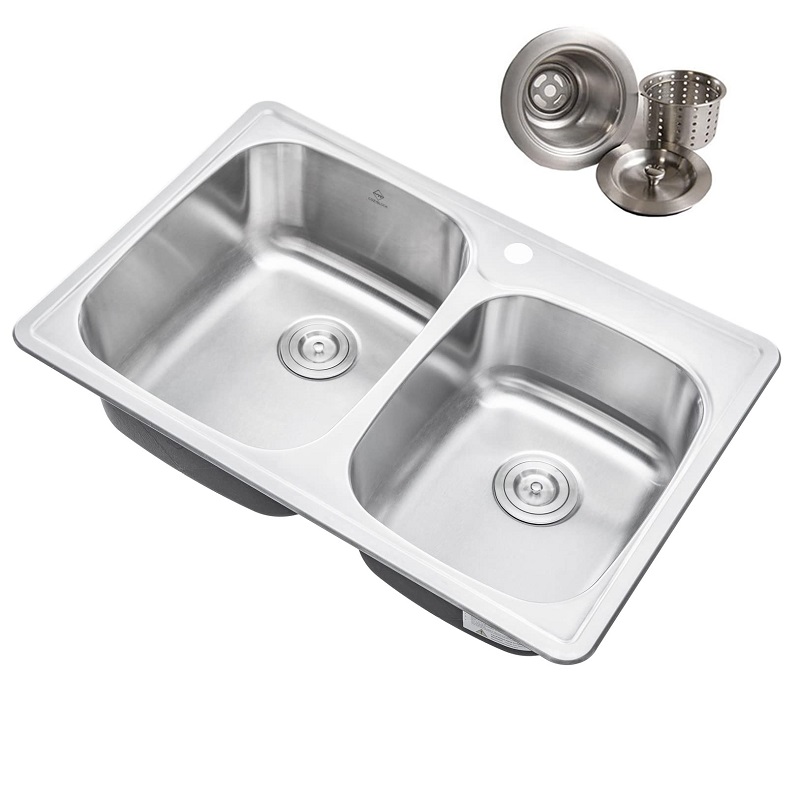
Trends in Kitchen Sink Design
Smart Technology Integration
One of the emerging trends in kitchen sink design is the integration of smart technology. Modern sinks may come with features such as touchless faucets, built-in water filters, and even LED lighting. Touchless faucets offer convenience and hygiene benefits by allowing users to operate the faucet with a simple wave of the hand. Built-in water filters provide easy access to clean, filtered water, while LED lighting can enhance visibility and add a touch of modern style. As technology continues to advance, smart sinks are becoming increasingly popular for their convenience and functionality.
Color and Finish Trends
While stainless steel remains a staple in kitchen sink design, there is a growing trend towards more colorful and unique finishes. Sinks in matte black, deep blue, or even vibrant hues are gaining popularity, allowing homeowners to make a bold statement. Additionally, textured and patterned finishes are becoming more common, offering a way to add visual interest and texture to the kitchen. These color and finish trends provide opportunities to personalize your kitchen and create a focal point that complements your overall design.
Eco-Friendly and Sustainable Options
Sustainability is an important consideration for many homeowners, and this trend is reflected in the increasing availability of eco-friendly kitchen sinks. Sustainable materials, such as recycled glass or bamboo, are being used to create sinks that are both stylish and environmentally responsible. Additionally, sinks designed for water conservation, such as those with built-in water-saving features, are becoming more popular. By choosing eco-friendly options, homeowners can reduce their environmental impact while still enjoying a high-quality and attractive sink.
Practical Considerations for Choosing a Kitchen Sink
Size and Configuration
The size and configuration of a kitchen sink play a significant role in its functionality and overall usability. For large families or avid cooks, a double-basin or even a triple-basin sink may offer the versatility needed for multitasking. Single-basin sinks are ideal for smaller kitchens or those who prefer a minimalist look. Additionally, consider the depth of the sink; deeper sinks can accommodate larger pots and reduce splashing. Assessing your kitchen’s layout and your daily tasks will help you choose a sink that meets your practical needs.
Maintenance and Durability
When selecting a kitchen sink, consider the maintenance requirements and durability of the materials. Stainless steel sinks are relatively low-maintenance and resistant to stains, while composite sinks offer a high level of durability and ease of cleaning. Ceramic and porcelain sinks, while beautiful, may require more careful handling to avoid chipping. Evaluate how much effort you’re willing to invest in sink maintenance and choose a material that aligns with your lifestyle and preferences.
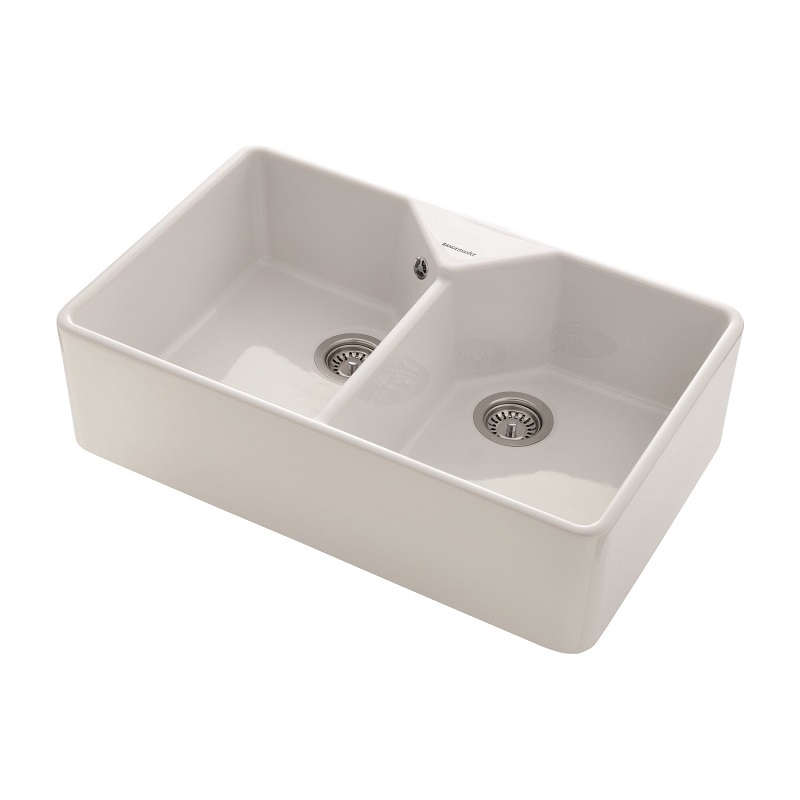
Installation and Professional Help
DIY vs. Professional Installation
While some homeowners may opt for DIY installation of their kitchen sink, it is often advisable to seek professional help to ensure proper installation and avoid potential issues. Professional installers can handle complex tasks, such as ensuring proper alignment, securing the sink to the countertop, and connecting plumbing. They can also address any issues that arise during the installation process, providing peace of mind and ensuring that the sink functions correctly.
Cost Considerations
The cost of a kitchen sink can vary widely depending on the design, material, and features. Stainless steel sinks are generally more affordable, while composite and high-end ceramic options may be more expensive. Additionally, the cost of installation should factor into your budget. By setting a realistic budget and exploring different options, you can find a sink that fits your style and functional needs without breaking the bank.
Conclusion: Choosing the Perfect Kitchen Sink for Your Home
Balancing Style and Functionality
Choosing the perfect kitchen sink involves balancing style and functionality to create a space that is both beautiful and practical. By understanding the different designs, materials, and trends, you can make an informed decision that enhances your kitchen’s aesthetic and meets your daily needs. Whether you prefer a traditional farmhouse sink, a sleek modern design, or an eco-friendly option, the right sink can transform your kitchen and improve your overall cooking experience.
Embracing Current Trends and Innovations
As trends and innovations continue to evolve, staying informed about the latest developments in kitchen sink design can help you make a choice that is both stylish and functional. Embrace smart technology, explore new color and finish options, and consider eco-friendly materials to create a kitchen sink that reflects your personal taste and values. With the right sink, you can enjoy a beautifully designed kitchen that enhances both your cooking and lifestyle.
